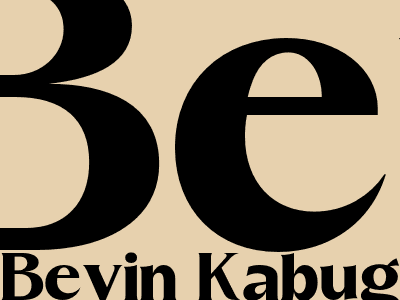The Comprehensive Guide to Beyin Kabugu: Understanding and Treatment Options
What is Beyin Kabugu?
Beyin Kabugu, also known as Cerebral Cortex, is the outermost layer of the brain and plays a crucial role in higher-order cognitive functions. It is responsible for processing information from the senses, making decisions, and controlling voluntary movements.
Functions of Beyin Kabugu
The Beyin Kabugu is divided into four lobes, each with specific responsibilities:
Frontal Lobe:
- Executive functions (planning, decision-making)
- Language production
- Motor control
Pariental Lobe:
- Sensory processing (touch, taste, temperature)
- Spatial awareness
- Attention
Temporal Lobe:
- Auditory processing
- Memory formation
- Language comprehension
Occipital Lobe:
- Visual processing
- Color perception
- Object recognition
Disorders of Beyin Kabugu
Damage to the Beyin Kabugu can lead to a wide range of disorders, including:
Aphasia:
Difficulty with language production or comprehension.
Apraxia:
Inability to perform purposeful movements.
Agnosia:
Inability to recognize objects or faces.
Dementia:
A progressive decline in cognitive abilities, including memory, thinking, and reasoning.
Treatment for Beyin Kabugu Disorders
Treatment for Beyin Kabugu disorders depends on the specific condition and its severity. Options may include:
Medication:
Drugs to improve blood flow to the brain or reduce inflammation.
Therapy:
- Speech therapy for aphasia
- Occupational therapy for apraxia
- Cognitive rehabilitation for dementia
Lifestyle Changes:
- Healthy diet
- Exercise
- Stress management
Conclusion
The Beyin Kabugu is a complex and vital part of the brain that plays a crucial role in our cognitive abilities. Understanding the functions and disorders of the Beyin Kabugu is essential for effective diagnosis and treatment.

Comments